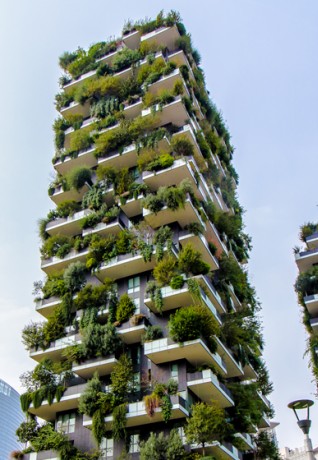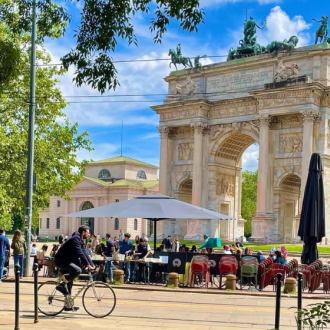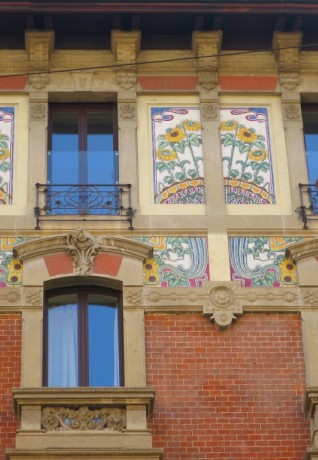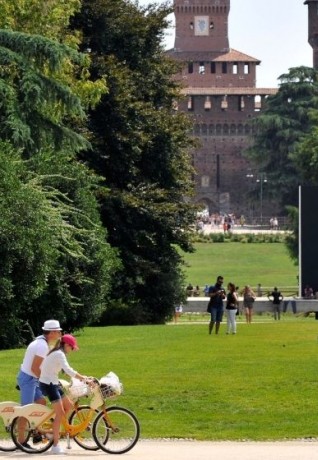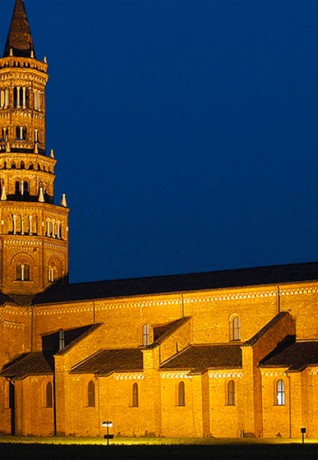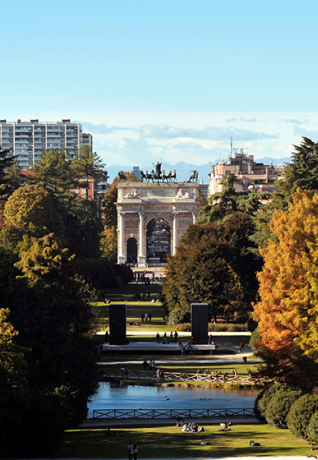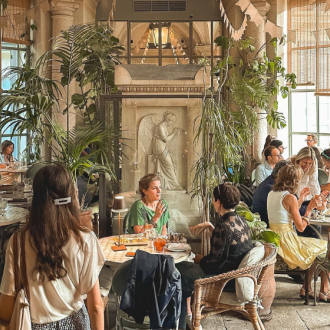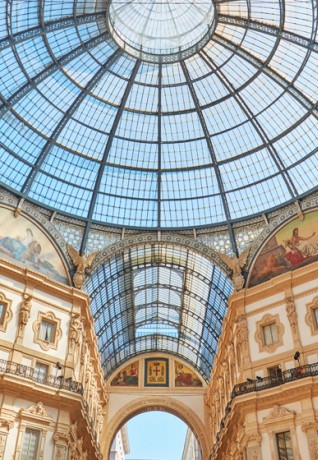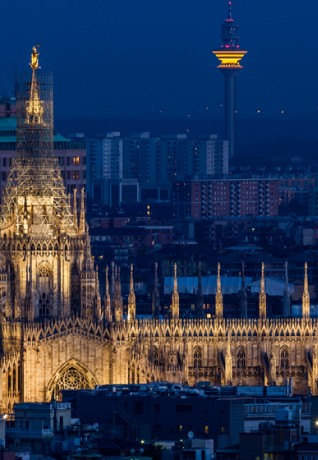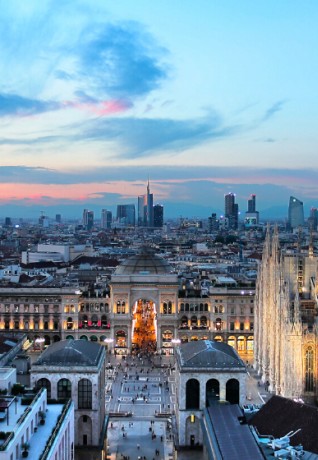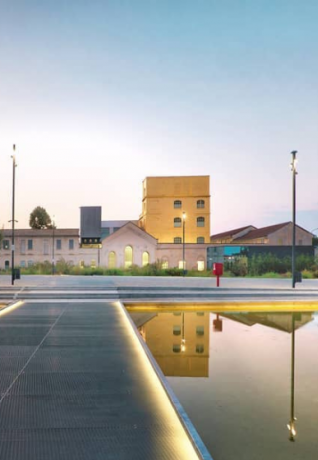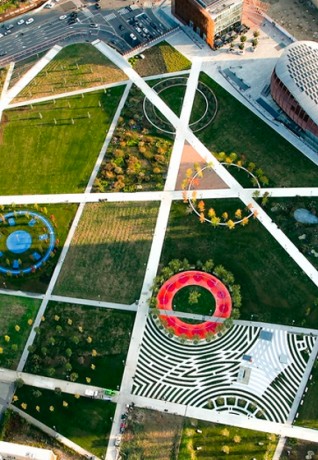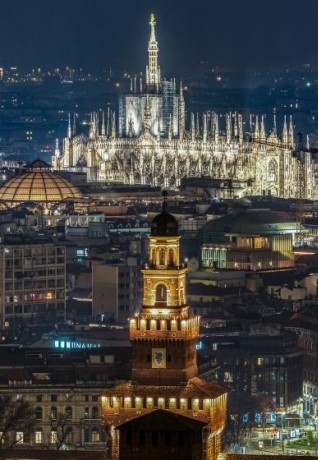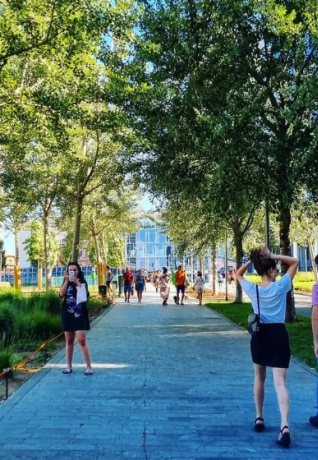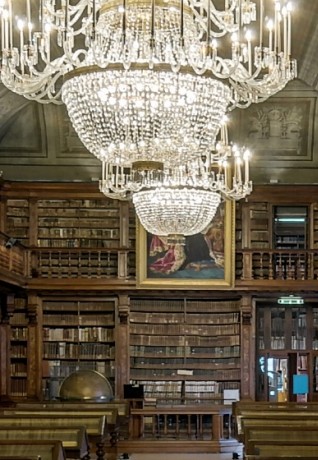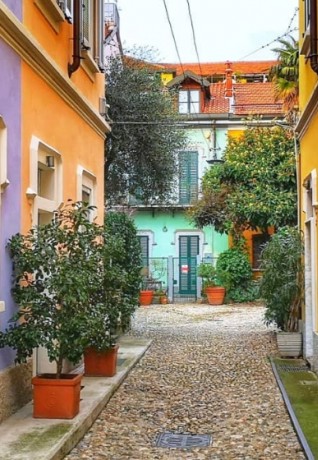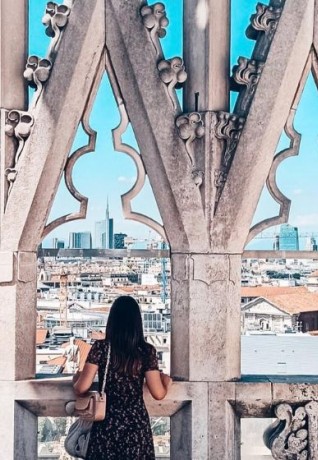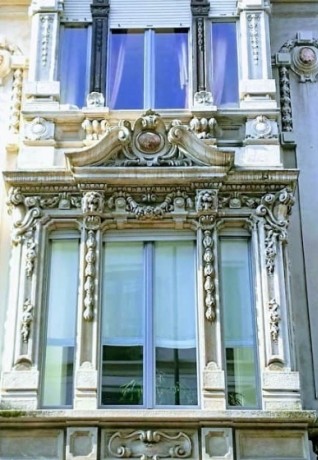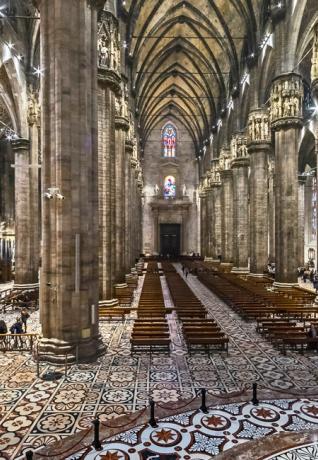UNESCO Heritage Sites in Lombardy
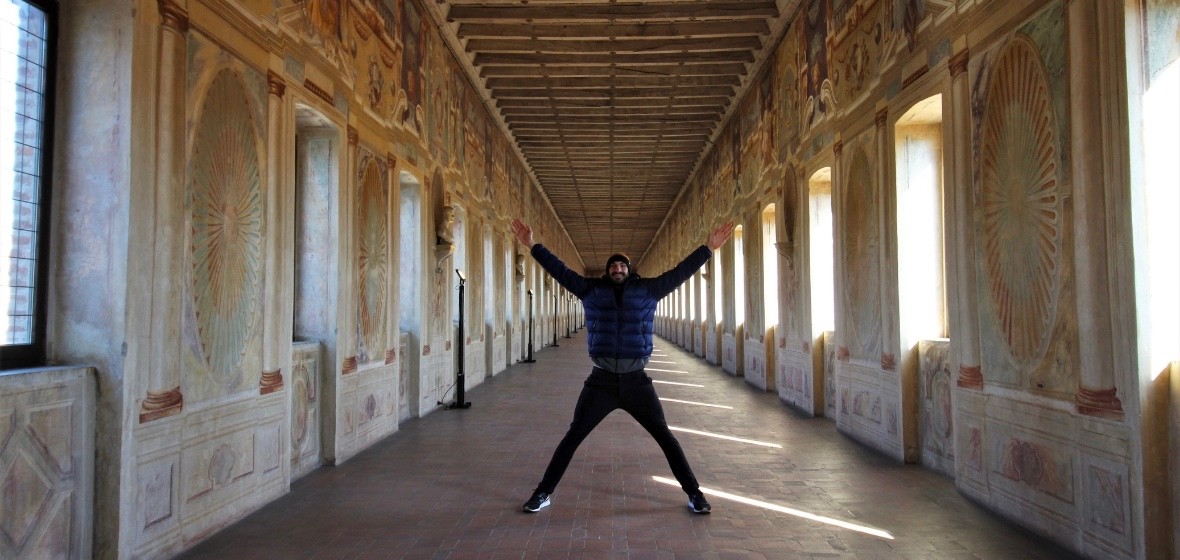
- Monte San Giorgio
- Sacro Monte di Ossuccio
- Bergamo: the Venetian defense walls
- Santa Maria delle Grazie and Leonardo da Vinci's Last Supper
- Crespi d'Adda
- Luthiers’ Worskhops in Cremona (Intangible Heritage)
- The Bernina Express and the Rhaetian Railway (RhB)
- Longobard monumental areas in Brescia and Varese
- Petroglyphs of Val Camonica
- Mantua and Sabbioneta
From the region’s west to its east, here are the places in Lombardy that are certified by UNESCO as unmissable world heritage destinations.
The fossils preserved in Monte San Giorgio, located between Varese and Switzerland, are among the most important fossil deposits of the Middle Triassic, the geological period comprised between 247 and 237 million years ago. The remains found in this area of the southern Alps have allowed the evolutionary study of many animal and vegetable species over a time span of several millions of years.
The holy mounts are part of the nine devotional paths that crisscross the regions of Lombardy and Piedmont.
The Sacro Monte di Ossuccio is a religious complex located in the hamlet of Santa Maria del Monte, consisting of a sanctuary, a crypt and the 14 Baroque chapels, one for each Mistery (event in the life of Jesus) of the Rosary.
The path linking the chapels leads to the Renaissance-era Sanctuary of La Beata Vergine del Soccorso, which sits on a crag overlooking the Lake Como, surrounded by olive trees and a forest: a truly inspirational place, for those who like to meditate surrounded by greenery.
The city of Bergamo was long fought over by the Duchy of Milano and the Republic of Venice, with the latter prevailing in the 15th century. The Serenissima built the majestic walls which separate the Upper Town from the villages in the plain and are part of an ingenious defensive system based on fortified cities built over the course of the 16th century, which ran over the 1000 kilometers separating Stato da Terra (the mainland domains in Lombardy, Veneto and Friuli) and Stato da Mar (the maritime domains in the Adriatic and the Aegean, including Crete and Cyprus), the two components of Venice’s land and sea power.
Leonardo da Vinci’s Renaissance masterpiece could not be missing from this list. The Last Supper has been a UNESCO Heritage Site since 1980, and witnessing this mural painting is a truly mystical experience.
The complex of the Church of Santa Maria delle Grazie, near Cadorna Station in Milano, is a perfect setting for Il Cenacolo, a veritable emblem of Italian art in the world.
It is the perfectly utopian village built for factory workers, an unparalleled example of industrial archeology near Bergamo. World Heritage Site since 1995, it was built by the Crespi family on the Adda river in the course of the 19th century and its aspect has remained unchanged since then. It is an ideal destination for cyclists who want to explore the natural and the built landscapes.
In Cremona you will find the Cultural District of Lutherie: across the centuries, the city has distinguished itself for the craftsmanship of its luthiers, who make the best violins in the world. No large-scale manufacturing here: each instrument is special and uniquely carved from wood and refined in detail by a master luthier. No violin is more coveted than a Stradivari, and Cremona is its home and cradle. More than 150 workshops defend this artistic tradition and the Cremona District of Lutherie has been recognized by UNESCO as an Intangible World Heritage Site since 2012.
Between Valtellina and Switzerland, on the Bernina-Albula railway line you will find a miracle of engineering that enables environmental wonder: a train that takes you across enchanting Alpine landscapes, designed to make you enjoy the incredible journey to St. Moritz at more than 1,000 meters of altitude.
The Bernina Red Train departs from Tirano in the province of Sondrio and arrives in Sankt Moritz in Switzerland 61 kilometers later across a fairytale landscape of mountains, trees and snow. The Albula Line, built in 1903, takes you further, to the Canton of Grisons.
An unmissable experience, especially if you have always liked toy trains and their manicured landscapes.
UNESCO World Heritage Site since 2011 together with the area of the Roman Forum, the San Salvatore - Santa Giulia complex in Brescia is one of the most shining testimonies of the Lombards’ presence in Northern Italy (568-774 CE).
Another UNESCO Site is the archaeological area of Castelseprio, in the province of Varese, one of centers of power of this Nordic people in Italy, who set their capital in Pavia.
The prehistoric inhabitants of the verdant Val Camonica indulged themselves with cryptic drawings engraved on stones. The so-called "Valley of Signs" runs for over 80 kilometers and has been World Heritage Site since 1979 and World Biosphere Reserve since 2018. Val Camonica and its petroglyphs testify to the interaction between humans and the natural environment since Neolithic times.
This is a perfect nature outing for families with young children.
UNESCO World Heritage Site since 2008, the beautiful Renaissance city of Mantua, historic home of the Gonzagas and now home of a major literary festival, is one of the most appreciated tourist destinations in Italy. Admire the frescoes in newly restored Palazzo Te and visit Sabbioneta, the dazzling residence of the Dukes on the sandy banks of the Po river.
Mantua and Sabbioneta are treasures of urban harmony where Renaissance architecture and art are expressed in unison in an exquisite natural environment.

 Log in
Log in


